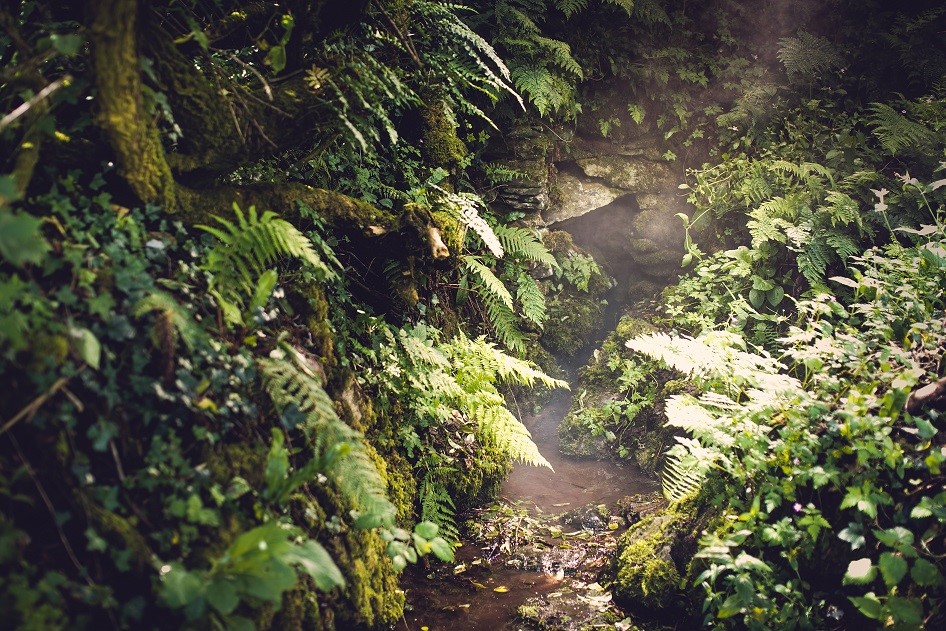Protection given to legendary Welsh well with healing powers of St David
 A holy well covering a spring that is said to have arisen during the baptism of Wales’s patron saint, St David, has become the latest monument to gain scheduled protection from the Welsh Government’s historic environment service (Cadw).
A holy well covering a spring that is said to have arisen during the baptism of Wales’s patron saint, St David, has become the latest monument to gain scheduled protection from the Welsh Government’s historic environment service (Cadw).
The Pembrokeshire monument is known as ‘Pistyll Dewi’ or ‘Ffynnon Dewi’ and the water there is said to have restored the sight of St David’s godfather, who held the baby for the baptism.
A stone built, squared off wellhead is repeatedly associated with the remains of a chapel, with some accounts saying the water is sanctified by running under the chapel’s altar.
Cadw decided to schedule the ancient monument because of its national importance and association with St David as well as being a manifestation of the early church’s links with Ireland through St Elvis — known in Ireland as ‘Ailbe’ or ‘Ailbhe’.
“It is fitting that this fascinating monument has gained formal protection in 2017 — Wales’s Year of Legends,” said Ken Skates, Cabinet Secretary for Economy and Infrastructure.
“The strength of legend and tradition associated with the well lends it significant communal value, while the stone structure itself is likely to originate in the medieval period and retains the potential to inform us about medieval religious structures and rites associated with them.
“It’s crucial that we continue to identify and protect monuments like these to safeguard Wales’s rich heritage for future generations to explore.”
Pistyll Dewi now becomes one of more than 4,000 monuments that have been scheduled across Wales.
That number will continue to increase thanks to an ongoing, Cadw-led planned policy of enhancing the schedule.
All monuments included on the schedule are of national importance and cover a diverse range of archaeological sites.
Some examples may be completely buried below ground, and may only be known through archaeological excavation. Others are far more prominent, and include the great standing ruins of well-known medieval castles and abbeys.
The oldest known example is a natural cave found to contain the earliest evidence of people in Wales, dating back to a quarter-of-a-million years ago. While, more modern examples include twentieth-century military structures and even a 1930s police telephone box.















